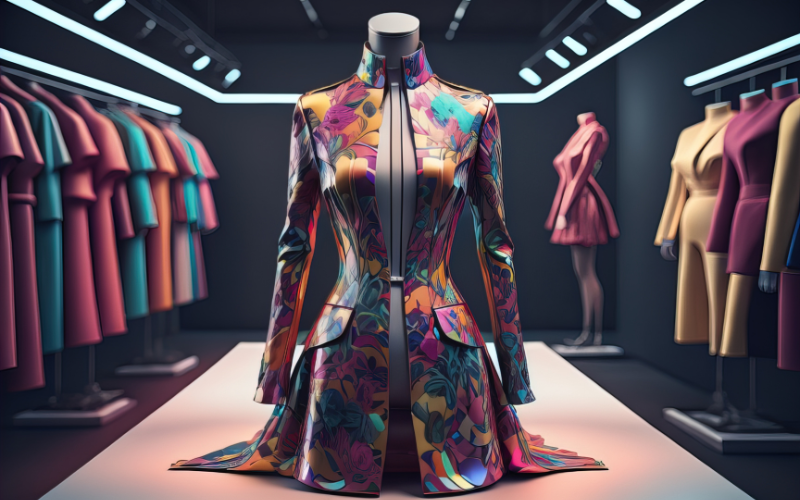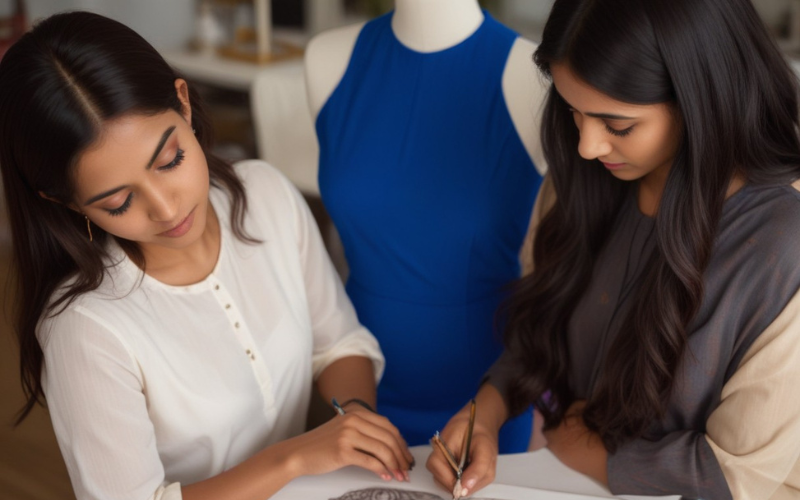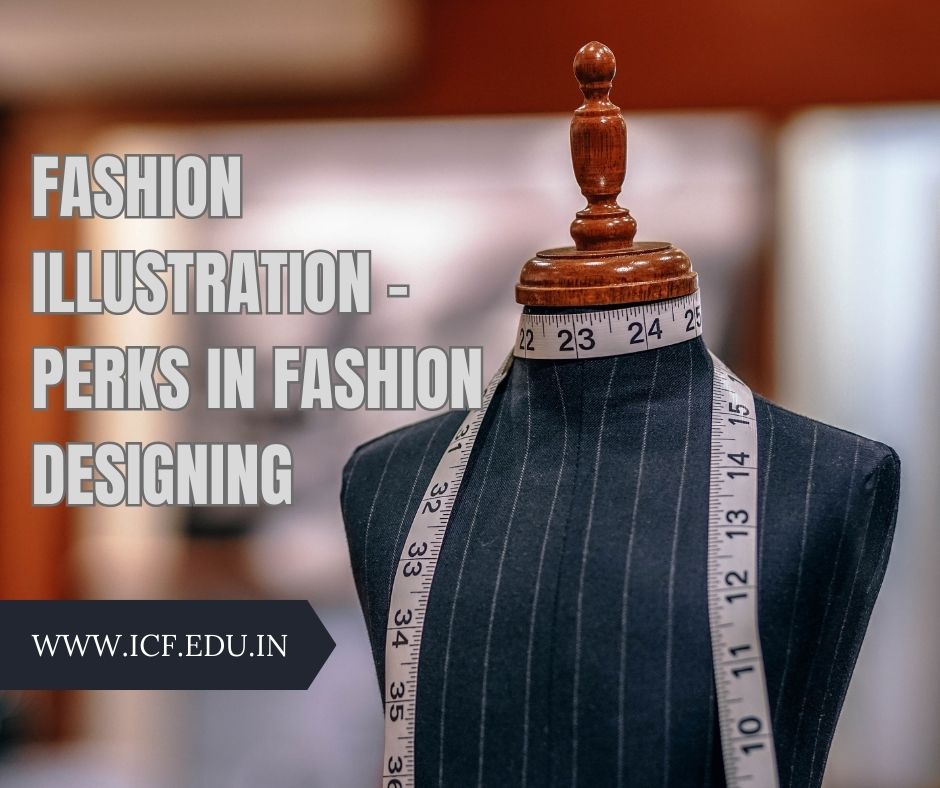Starting a fashion brand in India can be an exciting and rewarding venture for aspiring designers. With India’s rich cultural heritage and diverse fashion preferences, there is a tremendous opportunity to create a unique brand that resonates with a wide audience. Here are essential tips to guide you through the process of launching your own fashion brand in India, along with insights on how the International College of Fashion (ICF) can help you achieve your goals.
1. Identify Your Niche
The first step to start a fashion brand in India is identifying a niche that sets your brand apart from the competition. This could be anything from eco-friendly clothing to traditional Indian wear with a modern twist. Understanding what makes your brand unique will help you attract a loyal customer base. For instance, you might focus on creating women’s clothing with functional yet stylish designs, or men’s formal wear with vibrant prints.
2. Develop Your Fashion Design Skills
While some successful designers are self-taught, having formal training can give you a competitive edge. Developing your skills through structured learning programs helps you understand the latest industry standards, access valuable resources, and build a network of industry contacts. The International College of Fashion offers comprehensive courses that cover all aspects of fashion design, from the basics to advanced techniques.
3. Create a Detailed Business Plan
A well-thought-out business plan is crucial for any startup. It should outline your business goals, target market, brand identity, and marketing strategies. Additionally, include a financial plan that covers startup costs, pricing strategies, and revenue projections. This plan will serve as a roadmap for your business and help you stay focused on your objectives.
4. Build a Strong Brand Identity
Your brand identity is more than just a logo; it encompasses your brand’s values, mission, and the overall experience you provide to your customers. Take the time to create a cohesive brand identity that resonates with your target audience. This includes designing a memorable logo, choosing a brand color palette, and crafting a compelling brand story.
5. Source Quality Materials and Manufacturers
Finding reliable suppliers and manufacturers is essential to producing high-quality clothing. You can explore platforms like IndiaMART to connect with fabric suppliers and manufacturers. Decide whether you want to handle production in-house or outsource it to third-party manufacturers. Each option has its advantages, with in-house production offering more control over quality, and outsourcing providing cost efficiency.
6. Develop an Online Presence
In today’s digital age, having an online presence is non-negotiable. Create a professional e-commerce website using platforms like Shopify, which offer user-friendly interfaces and customizable templates. Ensure your website is mobile-friendly and integrates secure payment gateways. Additionally, leverage social media platforms to reach a broader audience and engage with potential customers.
7. Implement Effective Marketing Strategies
Marketing is key to building brand awareness and driving sales. Use a mix of digital marketing strategies, including social media marketing, influencer collaborations, email marketing, and search engine optimization (SEO). Engaging with micro-influencers can provide targeted reach and authentic promotion of your brand. Additionally, consider organizing pop-up shops or participating in local fashion events to create buzz around your brand.
8. Protect Your Brand
Protecting your intellectual property is crucial to prevent others from copying your designs. Register your brand name and logo with the appropriate authorities and consider trademarking unique designs or concepts. This legal protection will help safeguard your brand’s identity and ensure you maintain a competitive edge.
9. Monitor Industry Trends
Staying updated with the latest fashion trends is essential for any designer. Follow industry publications, attend fashion shows, and participate in design workshops to keep your finger on the pulse of the fashion world. This knowledge will help you create trendy yet timeless pieces that appeal to your target audience.
10. Continuous Learning and Adaptation
The fashion industry is dynamic, and continuous learning is vital to stay relevant. Courses at the International College of Fashion are designed to keep you updated with the latest trends and technologies in fashion design. The institution offers programs that blend theoretical knowledge with practical skills, ensuring you are well-equipped to tackle industry challenges.
How International College of Fashion (ICF) Can Help?
The International College of Fashion (ICF) is a premier institution in India that provides specialized qualifications in Fashion Entrepreneurship and Design. Established in 2010, ICF has been recognized for its innovative approach to fashion education and industry collaboration. Here’s how ICF can support your journey as an aspiring fashion designer:
Courses Offered
ICF offers a range of courses tailored to different stages of your career:
- BBA in Fashion Entrepreneurship: This undergraduate program combines business management principles with fashion design, preparing students to start and manage their own fashion brands in India.
- Masters in Fashion Entrepreneurship: This advanced program focuses on developing entrepreneurial skills specific to the fashion industry, including brand management, marketing, and innovation.
- Diploma Courses: ICF also offers diploma courses in various aspects of fashion design and business, providing flexible learning options for working professionals and students.
Admission Criteria
To enroll in ICF’s programs, applicants typically need to meet the following criteria:
- Completion of 10+2 or equivalent education for undergraduate programs.
- A bachelor’s degree in any discipline for postgraduate programs.
- Submission of a portfolio showcasing creative work (for design courses).
- Successful performance in an entrance exam and personal interview.
Industry Connections
ICF’s strong industry connections provide students with opportunities for internships, live projects, and placements with leading fashion brands in India. The institution’s collaboration with the National Institute of Design (NID) and the Indian Institute of Technology (IIT) ensures a high-quality education that is recognized nationally and internationally.
Conclusion
Starting a fashion brand in India requires a combination of creativity, business acumen, and perseverance. By following these essential tips and leveraging the resources and expertise offered by institutions like the International College of Fashion, you can turn your fashion dreams into a successful reality. Whether you are designing your first collection or expanding your brand, continuous learning and adaptation will be key to your long-term success in the dynamic world of fashion.










